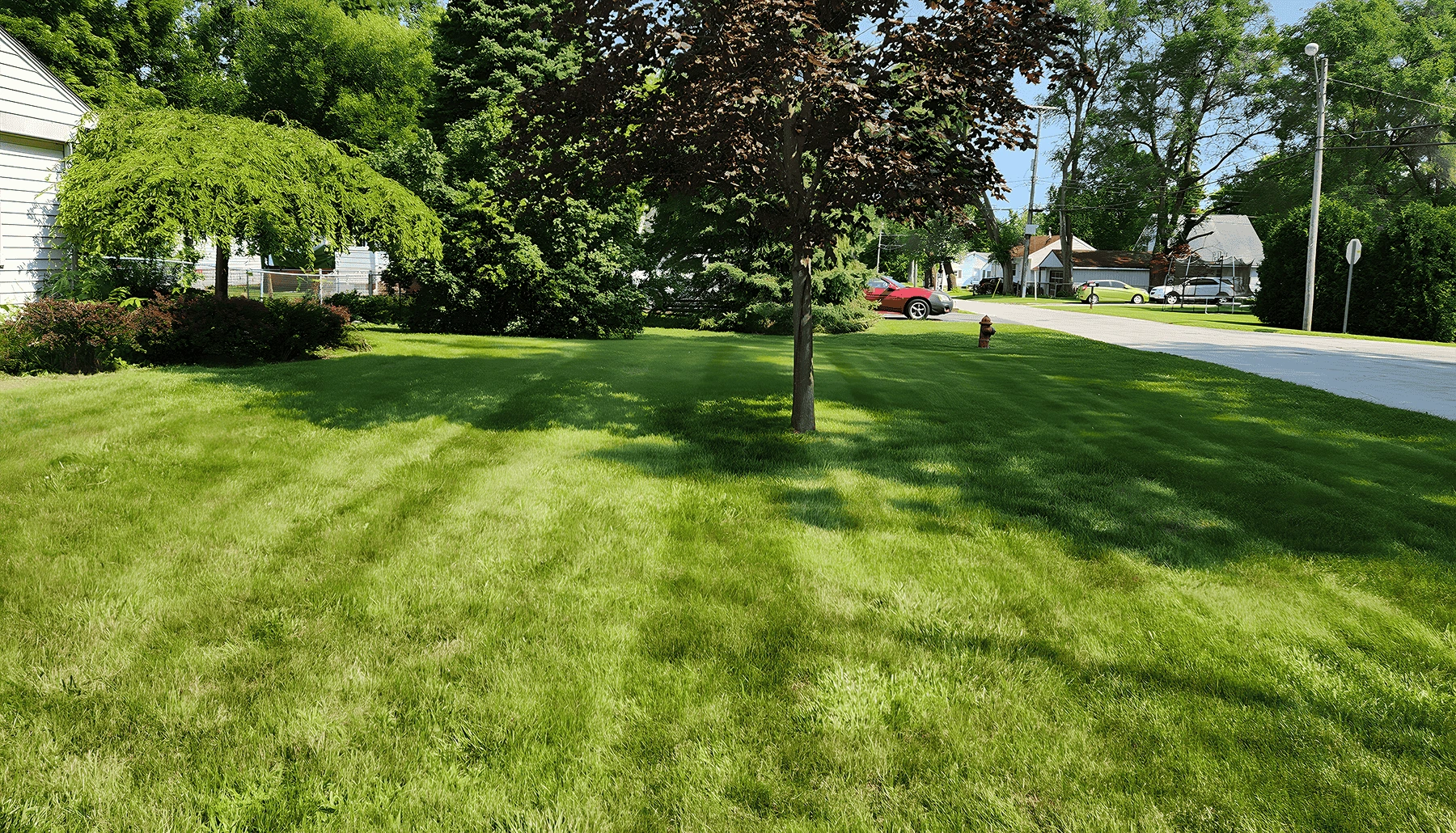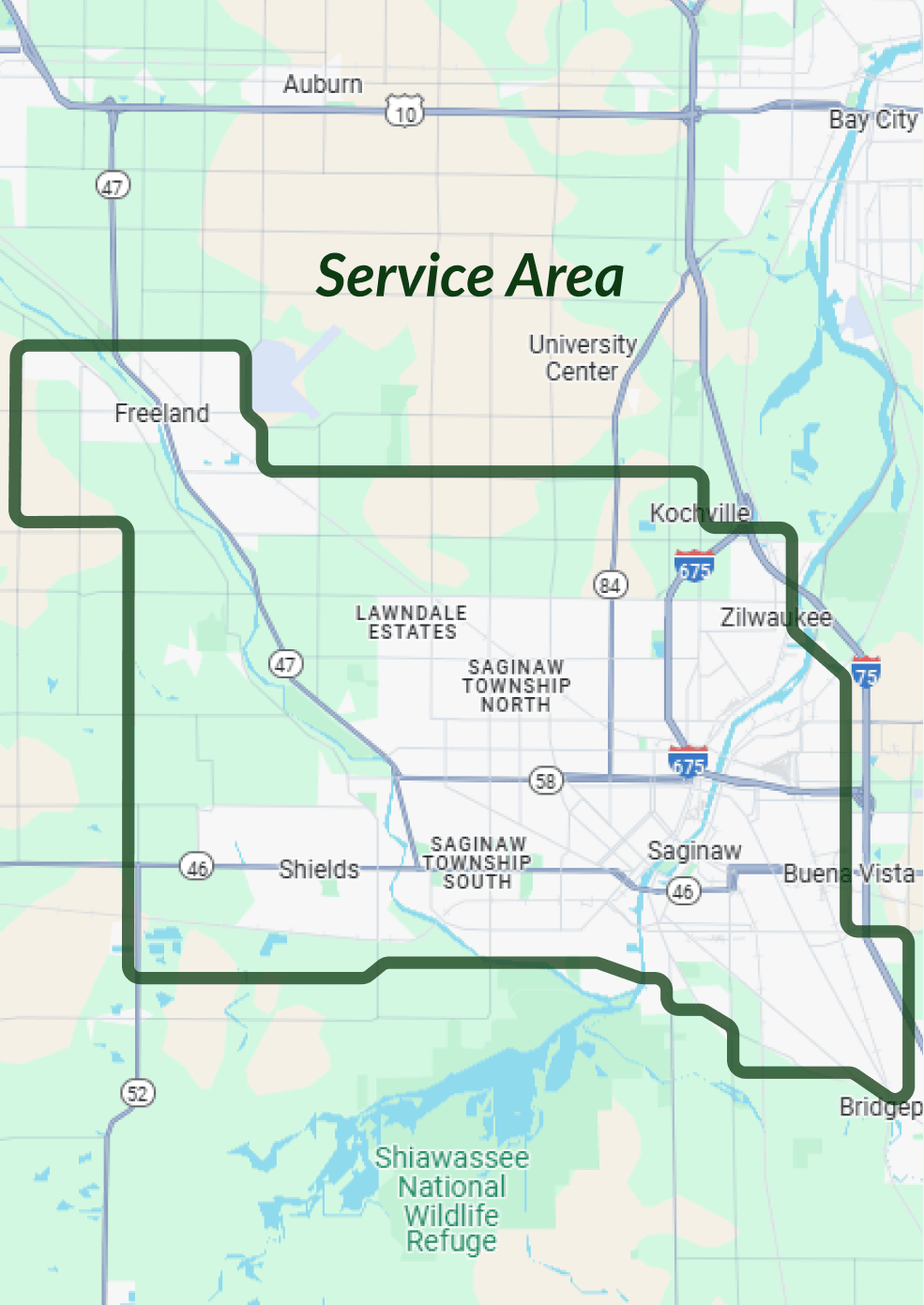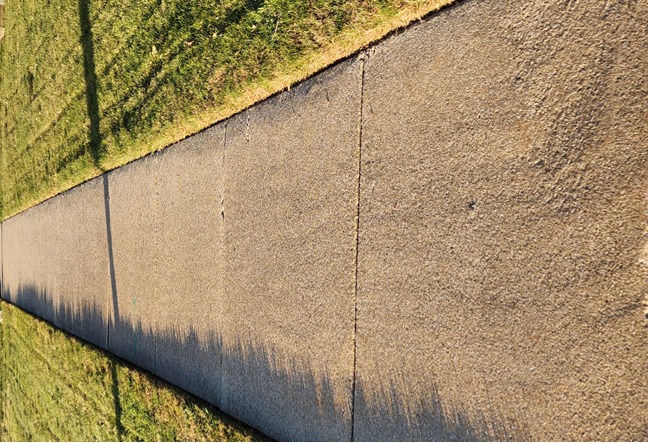
Lawn Edging: Tools, Techniques, and Tough Spots
Lawn Edging: Tools, Techniques, and Tough Spots
A well-defined edge between lawn and hardscape makes a big difference in a yard’s appearance—but not all edging is the same, and not every method fits every situation. Here’s a handy guide to help select the right tools and techniques for your situation.
Choosing the Right Tool
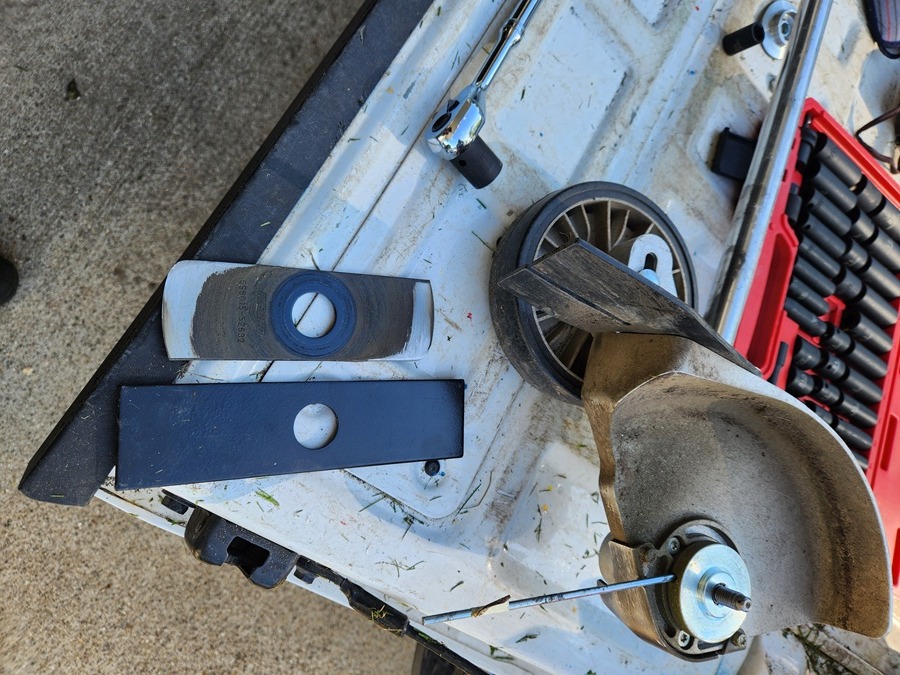
A 2-cycle, gas-powered blade edger usually gives the cleanest, sharpest edge, especially on sidewalks and driveways. It’s the standard tool for achieving that crisp, manicured look.
Flip-edging with a string trimmer takes more skill but is essential in areas where a steel blade could do damage—such as next to asphalt, aging concrete, or delicate pavers. And sprinkler heads - avoid using a blade edger if you do not know the location of every sprinkler head in the target area.
Manual edgers or spade tools are often the best choice for reclaiming heavily overgrown edges, where the lawn has grown much higher than the border surface.
Overgrown Edges Take Time

Restoring an overgrown edge is significantly more labor-intensive than maintaining one. First passes often look rough, and it can take several visits for the line to clean up and settle into a sharp, tidy appearance. Because of this, initial edge restoration should often be quoted separately from regular mowing and upkeep.
Raised Lawn Edges
Sometimes, the lawn doesn’t just spill over the sidewalk—it sits much higher than the hard surface beside it. These raised edges are especially tricky.
There are a few approaches:
Trenching: A wider-than-usual edge trench can be formed with a blade edger or edging shovel. Over time, the elevated sod may settle toward sidewalk level, especially with weather and foot traffic. But while this is a lower effort approach, erosion and compaction are not ideal solutions.
Excavation and Resetting: For faster, permanent results, a strip of sod can be removed, soil excavated underneath, and the sod re-laid flush with the sidewalk or driveway. But this is a much more intensive effort and you'll want to commit to several days or a couple weeks of watering the re-lain sod, as well.
Tapering: In some cases, shaving or grading the lawn to blend the height more gradually over 8–12 inches can soften the visual impact, though this is more cosmetic than corrective.
Raised edges can also become tripping hazards, especially near walkways—another reason to correct them when possible.
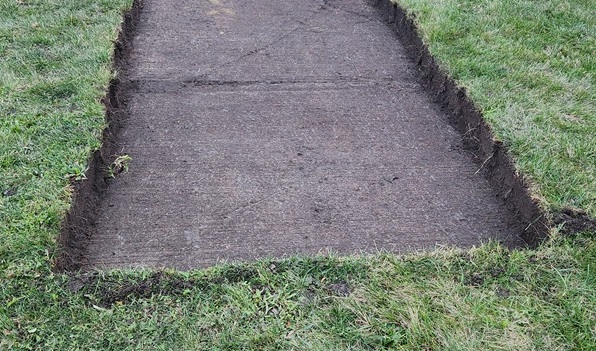
Final Thought
Clean, consistent edges make a yard stand out—but proper edging depends on the tools, materials, and conditions involved. Whether it’s a weekly maintenance pass or a full edge rehab, the key is knowing what approach to use—and when.
Get Started!